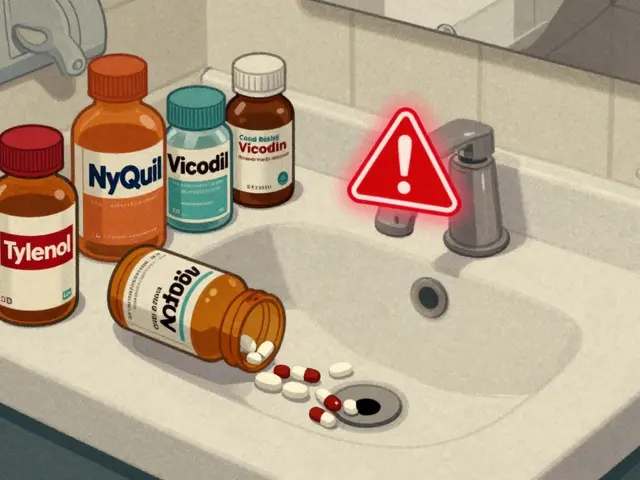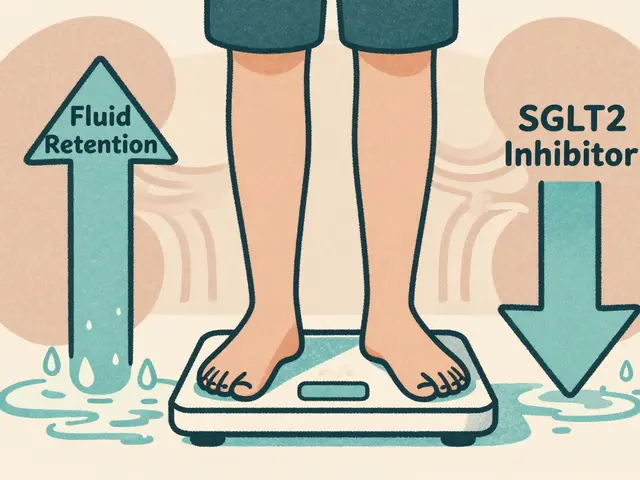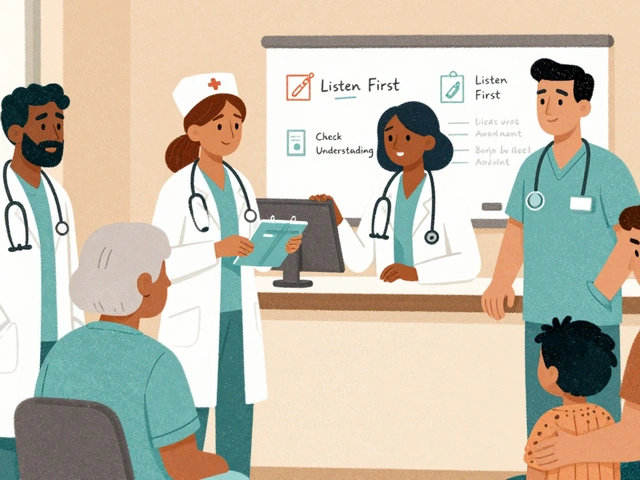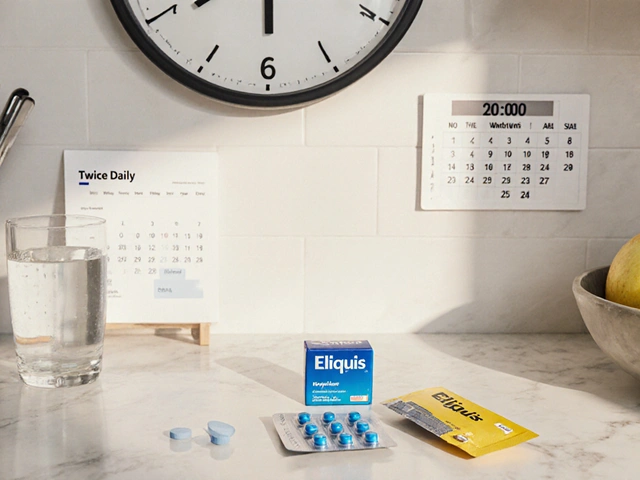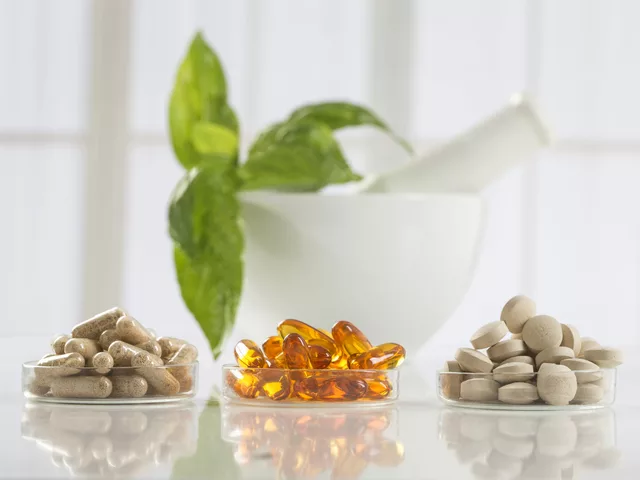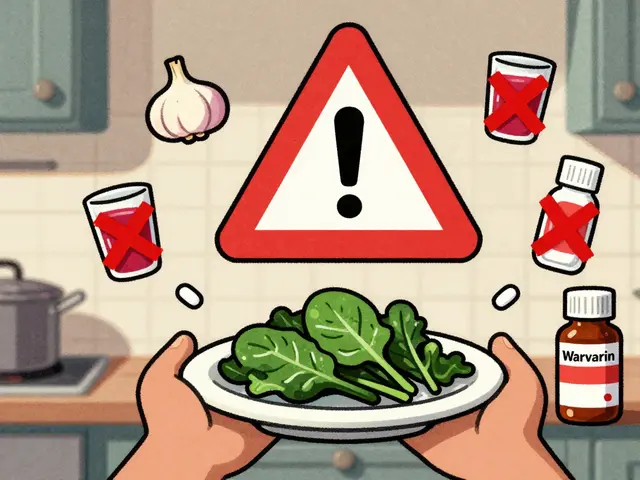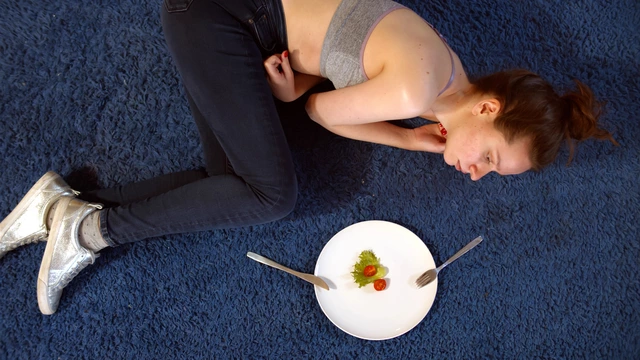Safe medication: Practical tips for buying and using medicines safely
Finding and using medicines without risk takes a few clear steps. Follow simple checks to avoid scams, side effects, and wasted money. This page collects practical rules you can use right now.
Buying medicines online safely
Only use pharmacies that show a real address and phone number. Look for official seals or registration details for your country. If a site sells prescription drugs without asking for a prescription, walk away. Compare prices but ignore deals that look too good to be true.
Read product pages carefully. Check active ingredients, strength, and package size. Look for shipping policies, return rules, and how they handle cold-chain drugs. Read recent customer reviews on independent sites, not just testimonials on the seller’s page.
Check paperwork when your order arrives. The label should match what you ordered. Save receipts and photos of the package in case you need a refund or to report a problem.
Using medicines at home safely
Follow the dose and schedule your doctor or label gives you. Never double a missed dose without advice. Keep a list of all medicines and supplements you take. Share that list with every doctor or pharmacist you see to avoid dangerous interactions.
Store medicines as the label says. Some need the fridge, others must stay dry and away from heat. Lock up strong opioids and certain controlled drugs so children and visitors cannot reach them. Dispose of expired or unused meds at a pharmacy take-back or a community event.
Watch for side effects and new symptoms after starting a medicine. If you have a rash, breathing trouble, or fainting, get medical help right away. For milder side effects, call your prescriber for advice before stopping treatment.
Use discounts and savings sites carefully. Tools like coupon cards can cut costs on brand drugs. But compare with your insurance copay and generic options. If cost forces you to skip doses, talk to your clinician — there may be cheaper, safe substitutes.
When unsure, ask a pharmacist. Pharmacists can check for interactions, confirm dosing, and suggest safer alternatives. Save the names and phone numbers of one or two trusted local pharmacists so you can call quickly.
This site covers practical guides on many meds — from antibiotics and inhalers to heart and diabetes drugs. Use those articles to learn specifics for medicines you take. Keeping a practical checklist and using trusted sources reduces risk and keeps your treatment working as it should.
Spot red flags: no contact details, no pharmacist chat, prices way below market, poor packaging, or requests to pay by untraceable methods. If you suspect fake meds, stop taking them and contact local health authorities. Keep a copy of your prescription and barcode images. For complex drugs, ask your clinic about monitoring tests like blood levels or liver checks before buying online.
Document side effects with date and time. Use a pill organizer to avoid mistakes. Share concerns with family so they can help and record outcomes.

